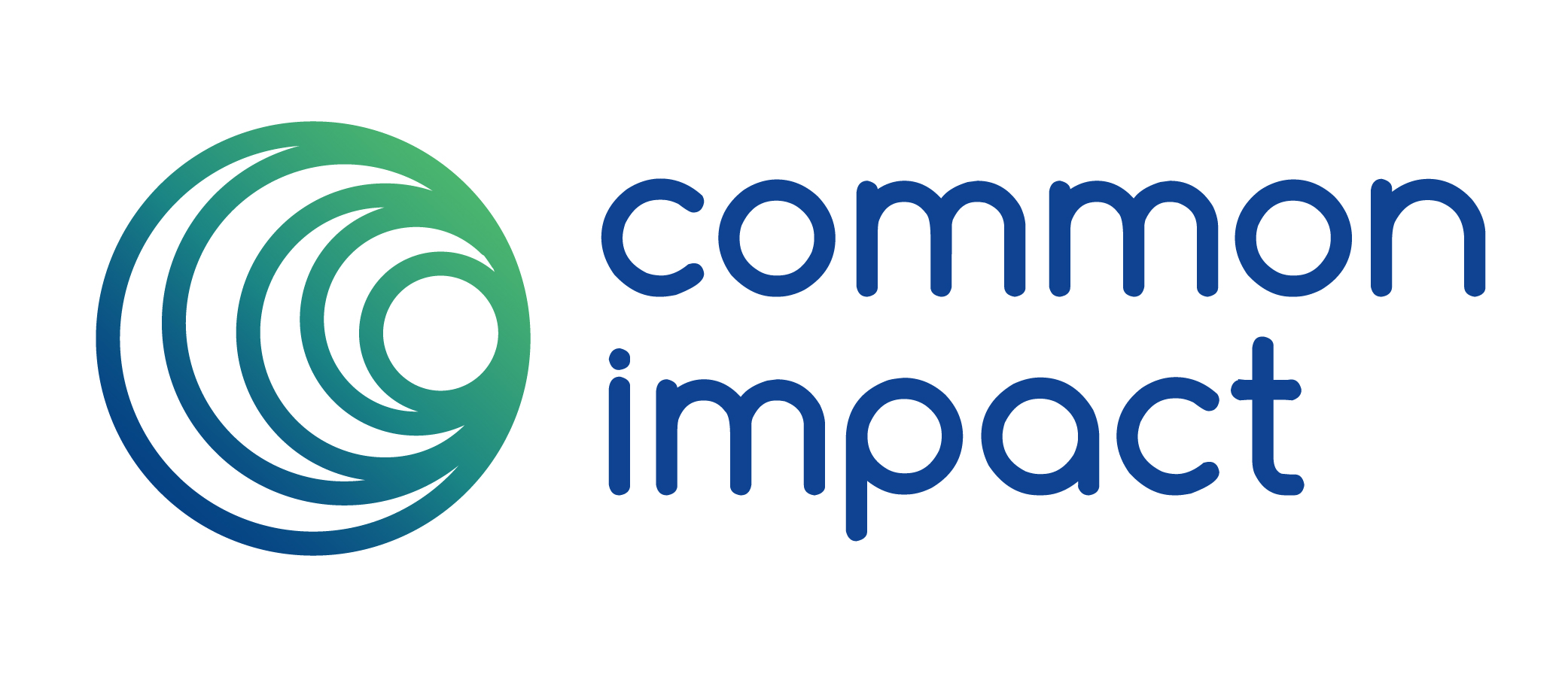Bridging the Nonprofit Leadership Gap
by Danielle Holly

Bridging the Nonprofit Leadership Gap
by Danielle Holly, Common Impact
Most of us in and around the social sector have been exposed to the capacity gap that nonprofits confront. On average, nonprofits spend less – often far less – than 10% of their budget on the critical investments that make organizations run and grow, such as business planning, technology, and leadership development. Both individual and institutional donors have traditionally directed their dollars towards program investments – stocking a food pantry with dry goods, funding students to participate in an afterschool program, putting on a theater production. No surprise there, since when we make investments in our community, we want to know that our money is going right to the core mission of an organization and making as direct an impact as possible. But, as it turns out, this approach ends up limiting the potential effectiveness at the source, by throttling the ability of organizations to build the basic foundation they need to effectively and sustainably deliver the services we were trying to support in the first place.
Recently, the conversation with respect to funding the full costs of nonprofits has gained new momentum. Darren Walker at the Ford Foundation has doubled the foundation’s support for indirect costs (read: all non-programmatic costs) from 10% to 20%. Bridgespan has published its research on “Pay What It Takes Philanthropy,” describing different nonprofit “indirect cost profiles” to help funders and nonprofits understand how to think about and calculate those costs. In the same way that a technology company would have different “back office” needs than a healthcare company, a research-based nonprofit has a different cost structure than a direct service organization.
One of the strongest and most elegant recent contributions to this conversation has come from Curtis Klotz at the Nonprofit Assistance Fund. Klotz has transformed the standard expenses pie chart (where current standards would have nonprofits strive to have the tiniest slice carved out for indirect costs) into a series of concentric circles with “core mission support” at the center, referring specifically to organizational support not tied to a specific program or service area. And, just as the solar system, wouldn’t survive without the sun at its center, so is it true that nonprofit service delivery can’t take place without a critical organizational core making that happen
So, what does all of this have to do with leadership development? Securing and developing the nonprofit sector’s core talent has been one of the most significant challenges resulting from this lack of investment in core mission support. We invest – if minimally – in program staff, but not in cultivating management and leadership. We are able to attract an increasingly mission-oriented workforce as they graduate into entry level program positions, but we lose them at the 10-15 year mark (or earlier), just as they’re getting ready to take real leadership roles, manage teams, and leverage their experience to scale the models they have helped build. This exodus is directly tied to the broader lack of core organizational investment. Over and over again, we lose the next generation of talent because we can’t pay them competitive salaries, we’re not providing them the growth and development opportunities they seek, and we’re looking elsewhere for that top line of leadership.
The private sector has a unique and powerful role to play in helping to build the social sector’s leadership bench not only through its investment, but through its people. While not all the expertise, conventional wisdom, and practical tools that the corporate sector uses to hire, develop, and retain its talent translate directly to the nonprofit sector, much of it does, and we should be leveraging those strengths to support the growth and capabilities of social sector talent. Specifically, private sector partners of nonprofit organizations should think about some concrete steps to address this challenge:
- Facilitate a conversation around “real costs”: When your nonprofit partners come to you with a grant proposal, work with them to understand the real cost of the programs or initiatives you’re helping to fund. Similarly, if you’re looking to send volunteers to a hands-on project with one of your partners, ask them to quantify the cost of hosting your team and consider subsidizing that cost. Provide them with the Bridgespan framework or the tools that your company uses to think about launching a product, quantifying ambiguous information, or allocating support functions. Over the years, nonprofit leaders have been wired to minimize the appearance of these additional costs. Prompting the conversation directly and then equipping them with the tools they need to identify these costs will enable both your company and your nonprofit partners to better understand how to fund the outcomes you’re both seeking.
- Build nonprofit leadership through pro bono: Tap into your company’s talent and leadership development experts and ask them to provide pro bono support to your nonprofit partners. With the limited resources they have, nonprofits typically focus first on critical and legal HR functions such as developing personnel policies and ensuring compliance. The longer term, more strategic initiatives – such as succession planning, performance and career development structures, and leadership and management training – often fall off the bottom of a very long list. On the other hand, private sector companies have entire departments of employees that focus on these initiatives every day. By connecting those employees – either one-on-one to coach a nonprofit CEO, in teams to design talent development tools, or collectively by inviting them to your leadership training programs – companies can use the power of their people to close the nonprofit leadership gap.
Over the next month, Common Impact will be sharing stories of how businesses have taken tangible steps forward in helping bridge the nonprofit leadership gap. These inspiring examples show that nonprofit and corporate leaders can indeed come together to successfully advance long-term, effective models of social impact. We hope you’ll join us and share your own stories!
Interested in hearing more? Join us for our upcoming webinar Addressing the Nonprofit Leadership Gap on Thursday, September 29th at 12:30PM Eastern.

